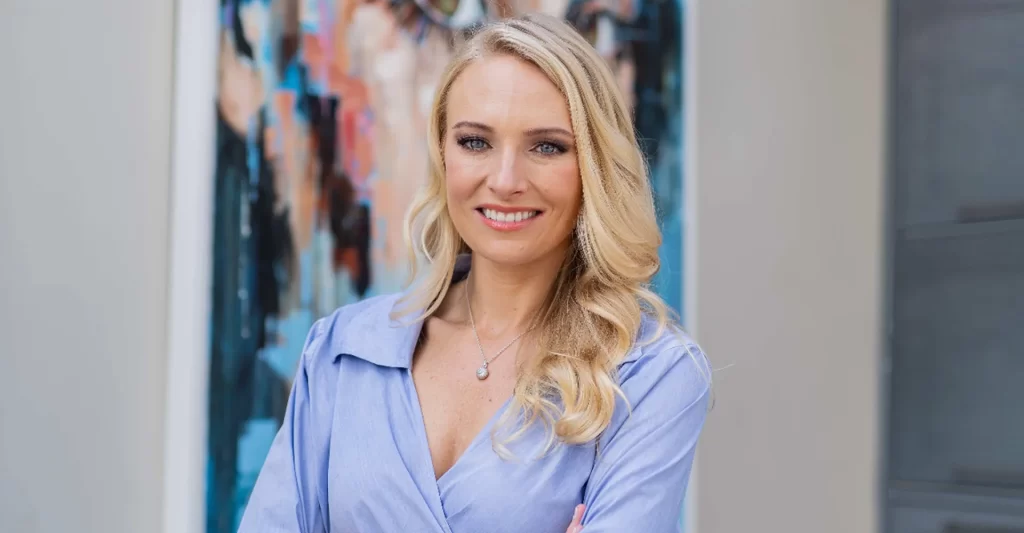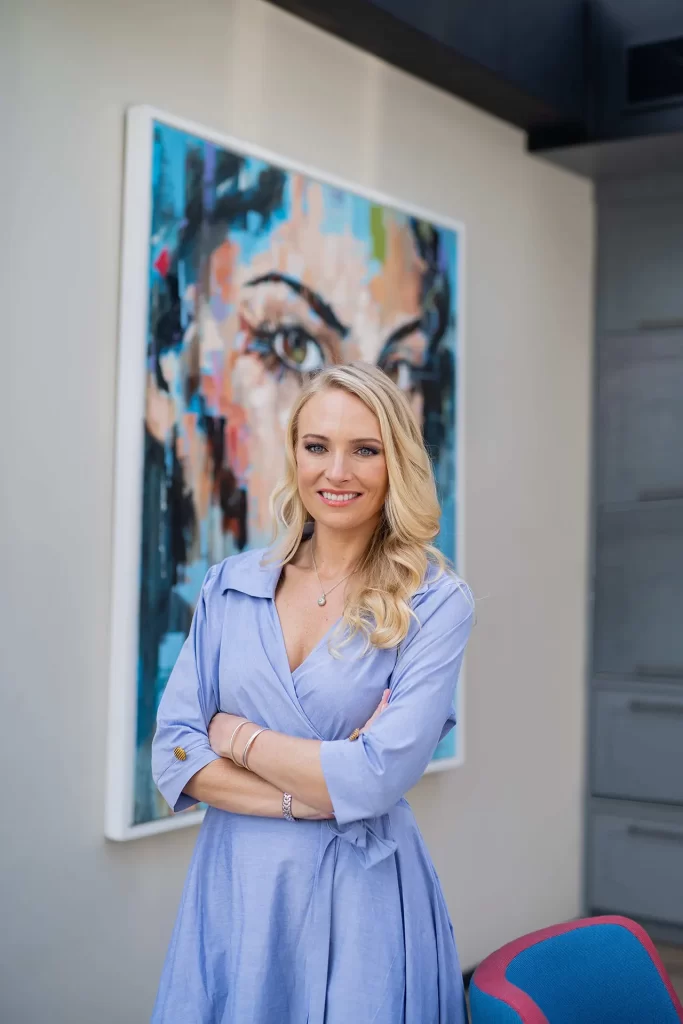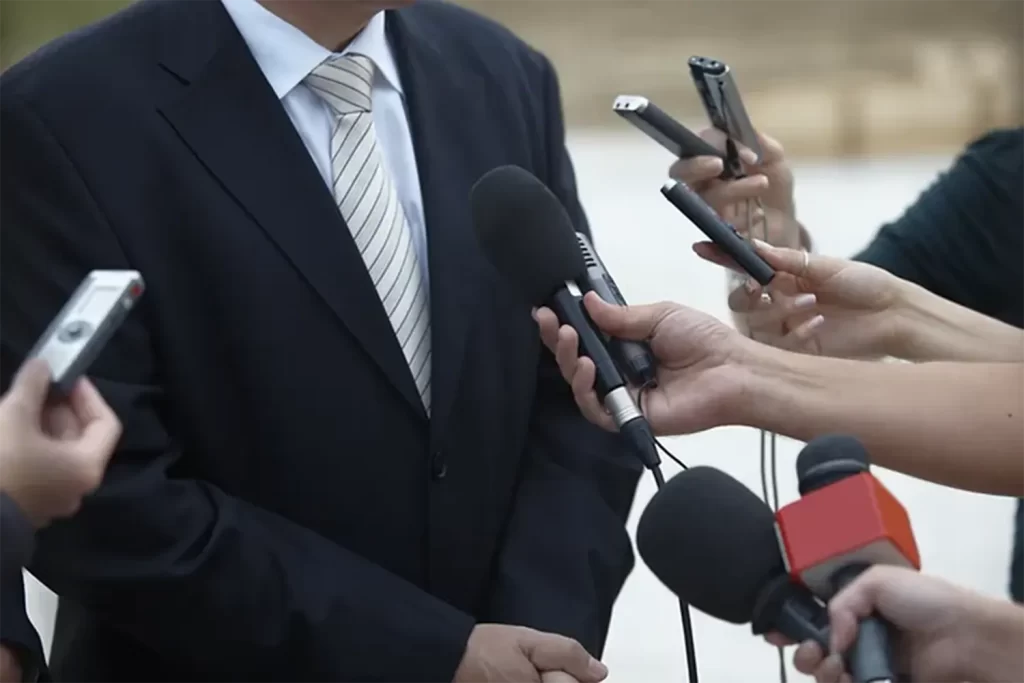
Your clothing communicates your brand, so what do you wear in a TV interview?
Like it or not, you are what you wear and people will make judgments about your organisation based on your attire. So, if you want a winning interview, you need to dress for success.
While pin stripes are great in the business world, in the media world they’re a no-no. Under harsh studio lighting, tight patterns do something called strobing. It looks as though the lines are vibrating, and can be very distracting to the viewers. Ultimately, it’s important to remember that you want to draw your audience into your content, rather than have them diverted by your appearance.
While many women like to look flashy on camera, in fact wearing bold or dazzling jewellery can also draw the viewers’ attention from your message, and rather to your jewels. So, it’s best to wear something more conservative like pearls. Heavy or noisy bracelets can also create a jingling noise on the studio desk if you talk with your hands.
If you wear glasses, be very sure that you don’t go into an interview wearing light-sensitive glasses. In just a few seconds under studio lights, you will be sitting in dark-lensed glasses – probably not an appearance you want to portray.
Remember that one always looks larger on TV, so if your suit doesn’t fit, don’t wear it. You want to look polished, so invest in an outfit that is tailored to your shape. Tailored suits give a more confident and successful impression. It may be a big investment for your wardrobe, but it’s a small investment for your brand.
According to a study funded by Proctor & Gamble, Massachusetts General Hospital, Harvard Medical School, Boston University, and the Dana-Farber Cancer Institute, women who wear make-up rank higher in competence and trustworthiness. And in another study by the American Economic Review, they earn 30% more than non-make-up wearing colleagues.

So, pull out your brush and mascara, and remember that make-up for on-camera needs to be a lot bolder than every day makeup. To prevent that oily shine under the studio lights, apply a translucent matte powder to your face at the end of your makeup routine.
When going under the studio lights, it’s important to be aware of the affect that lighting has on colour. White blazes or glares, black ages skin by creating shadows and red bleeds on camera, so, while it may be a good colour for a presentation or meeting, it’s not a good colour for the camera sensor.
Colour greatly influences human emotion and interpretation, so wear colours according to your interview. Vibrant colours or pastels are best. Blues create a calming effect; so if you want to appear honest and trustworthy, wear blue. Deep reds or maroons represent passion or power, so if it is a hard-cutting interview, wearing a maroon may work to your advantage.
Colours will also accentuate your features; so if you’ve spent the weekend in the sun, avoid pinks or reds that will highlight your tan. Wearing blues or greens will highlight blue or green eyes. A good outfit would be a navy blue suit with a pastel pink shirt and pastel blue tie.

When you get into the studio, the crew will clip a lapel microphone to your tie, or jacket collar. If you are wearing a button-up shirt, this won’t be a concern; however, if you are wearing a dress or a top without buttons, this will pose a problem.
The microphone wire will have to be dropped down your dress or shirt, which can be awkward in an already stressful situation. So, it is best to wear something with buttons or at least a suit jacket when wearing a dress.
Women who show more skin are taken less seriously, so if you want to break the glass ceiling, dress more conservatively and perhaps consider the power of the dress suit. If you choose to wear a dress or skirt, be sure to keep your legs crossed – you want to be sure that the viewers don’t have a view up your skirt.
While dressing for success is an extremely important component of any interview, nothing is more essential than your audience believing that you are what you portray in your attire. So, ensure that your body language mimics the message your clothes communicate.
NEED MORE SUPPORT?
Communication success is a marathon, not a sprint. Ashlea will guide you to the finish line with one-on-one sessions tailored to your specific needs, goals and development.